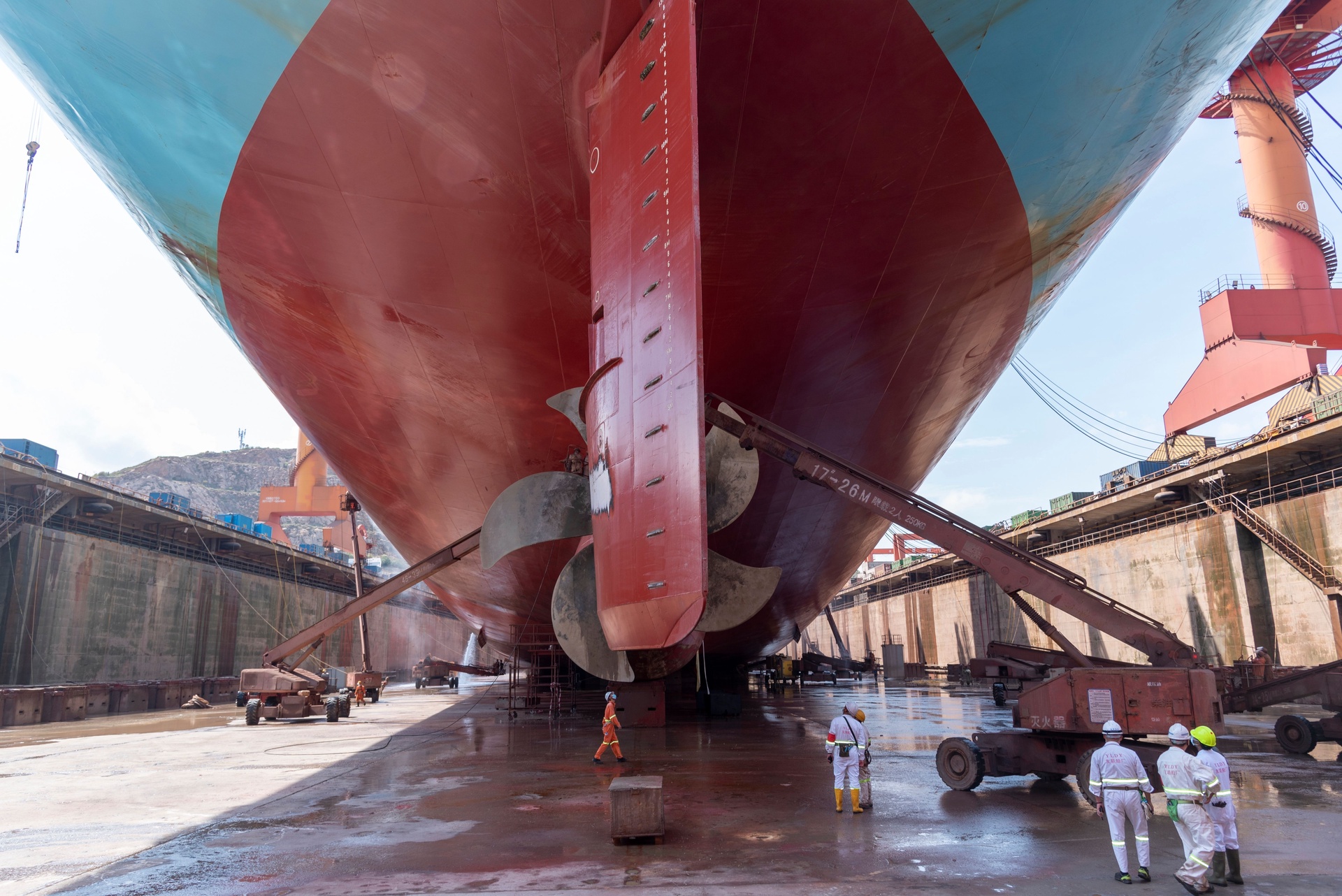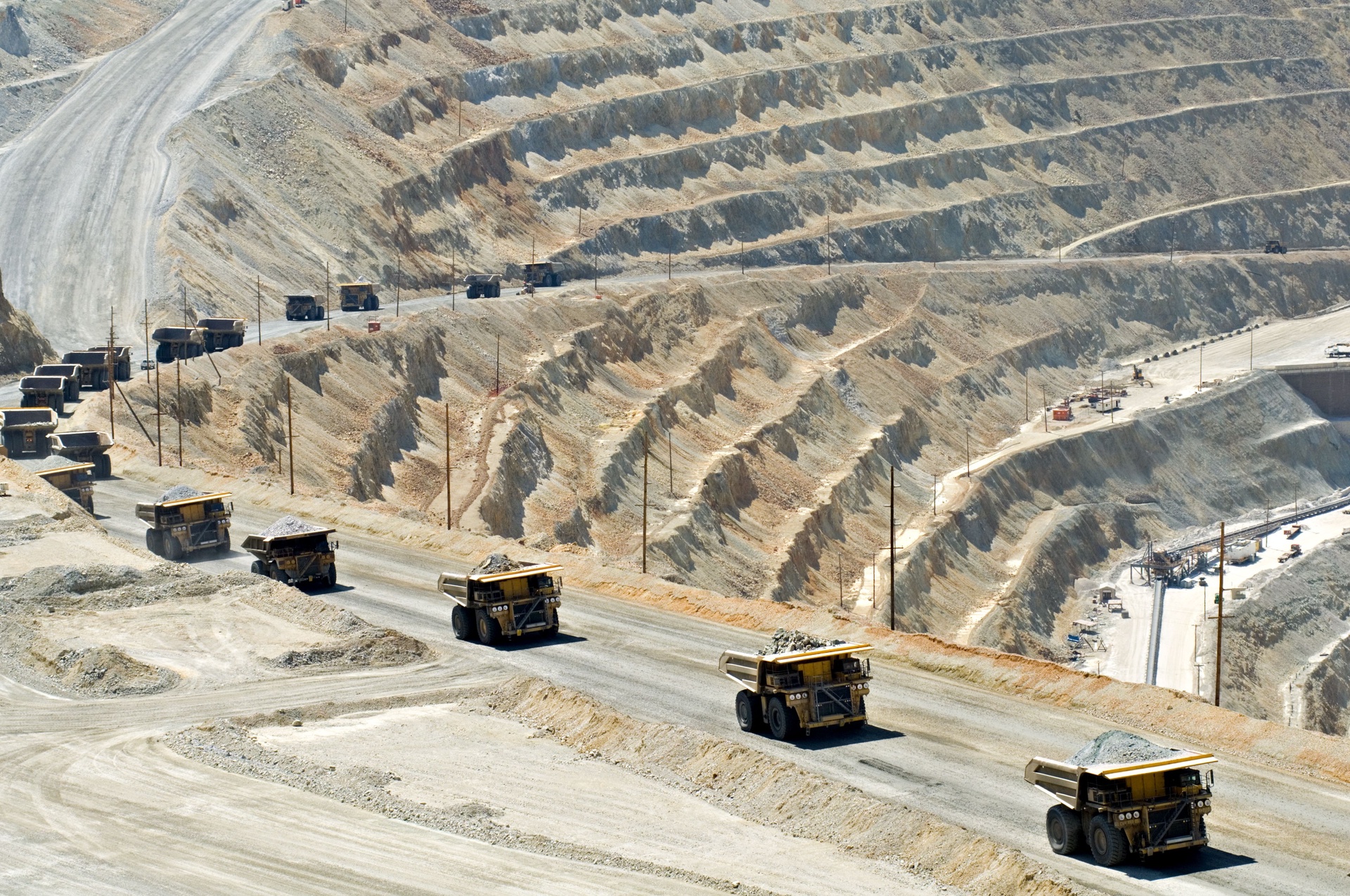Transportation infrastructure continues to take priority in Asia-Pacific’s rapidly urbanizing countries such as China and India, but more emphasis needs to be placed on energy, water and waste management systems, according to Infrastructure 2013:global priorities, global insights, a joint report from the Urban Land Institute (ULI) and Ernst & Young.
The report notes that in China, trillions of dollars of infrastructure investment over the past 20 years has transformed the country into an exemplar of modern urban transit with expansive highways, high-speed intercity rail and efficient ocean ports. However, despite this significant progress, the country does not have a unified electrical grid, and water resources remain scarce and subject to quality issues. Many of the country’s cities have a shortage of affordable housing and many regions connected by new state-of-the-art rail lines still lack basic water and sewage treatment systems, the report says.
Although not as advanced in its transport infrastructure as China, India suffers from many of the same challenges. The country is only at the very early stages of municipal water supply and waste treatment and has a significant demand and supply mismatch in terms of energy. India’s energy grid has also been known to collapse, cutting power in summer 2012 to 700 million people for up to two days.
“Rapidly urbanizing countries such as China and India have understandably focused infrastructure expenditure on transport systems enabling them to boost both domestic and economic trade activity” comments Raymond Chow, chairman of ULI North Asia and executive director of Hong Kong Land. “However, as they continue to develop, a greater emphasis should be placed on energy, water, waste and social infrastructure to ensure that the cities as a whole can keep pace with the speed of their economic growth.”
Howard Roth, Ernst & Young’s global real estate leader, added, “The rate of urbanization worldwide is putting increased pressure on the need for additional investment in infrastructure. Meeting global infrastructure demand comes with a huge price tag. The question remains who's going to pay for it. There's plenty of global capital looking for a home, without regard to borders. Additionally, global investors appear to be warming up to infrastructure as an asset class. That spells opportunity for governments to tap into these nontraditional sources.”
Bill Banks, Ernst & Young’s global infrastructure leader in Asia, commented, “There is clearly an opportunity for the government and the private sector to come together in more innovative and effective ways to build, finance and improve existing infrastructure. Infrastructure is the foundation which allows any city, community, or successful real estate project to thrive and flourish. We must find a way to make this work in Asia-Pacific if our economies are to meet their GDP growth forecasts and social equality to targets.”
The report highlights include:
China
China will continue to lead the way globally in terms of infrastructure spending and development. In response to slowing economic growth, the country’s central government has fast-tracked 60 infrastructure projects with a cumulative value of US$158 billion and signaled that more allocations may follow later this year. As a result, infrastructure is likely to be the country’s key growth driver in 2013, employing hundreds of thousands of workers and supporting countless manufacturers and suppliers of raw materials.
China is undertaking a range of high-profile infrastructure projects including the construction of 82 new airports and the refurbishment of a further 100 by 2015. This investment will help significantly in addressing its current air capacity shortage.
China is also building the Hongqiao Transport Hub in Shanghai, a large-scale retail and commercial entertainment center connected to major transportation links, which will reach 75 million people within the area served by its high-speed rail lines.
A network of new rail lines will also connect China with Thailand, Myanmar, Vietnam, Laos, and Cambodia, increasing its regional trade capacity; and a 107-mile rail track construction programme will connect three provinces in western China.
Twenty-seven subway-building programmes are currently in progress, including expansions of transit systems in Guangzhou and Shanghai. There is also an expansion of rural road networks which will connect all cities with populations exceeding 200,000 people, bringing the country’s total highway network to nearly two million miles by 2020.
India
India has undertaken a number of high-profile infrastructure projects in recent years including a national highway system connecting its four largest cities, a number of modern airports, subways in New Delhi and Bangalore, as well as major power projects. However, despite these advancements, the country struggles to meet the needs of its fast growing economy and analysts estimate that a lack of infrastructure reduces gross domestic product (GDP) by at least 2% annually.
India’s current infrastructure expenditure is focussed on a range of projects, including the building of 20,000 kilometers of new and upgraded roads over the next five years. In addition, the construction of 120 bridges and the completion of other road improvements will help connect rural areas to Chennai, the capital of the southern state of Tamil Nadu, where a subway system is scheduled to open by 2015.
The creation of an ambitious industrial corridor between Mumbai and Delhi, financed in conjunction with Japanese companies, will develop as many as six new cities in over the forthcoming decades. In Mumbai, an elevated freight-rail corridor, a new airport, and a trans-harbor link are all in progress, while two rapid-transit corridors are being built to improve travel between neighboring states and Delhi.
India is also tackling its energy challenge with an investment worth US$250 billion in electric plants and power grids currently being made.
Japan
Japan’s new government is looking towards public spending to kick-start the economy and a US$215 billion stimulus package will focus on creating jobs and reviving the tsunami-ravaged Fukushima region, which lies northeast of Tokyo.
Japan already features some of the world’s most advanced transportation infrastructure including integrated high-speed rail, subways, and airports. However, expenditure on these past projects has added to the country’s public debt, making it the world’s most indebted major economy.
Substantial public deficits are likely to force the government to privatize more infrastructure assets to cover costs and deal with debt-service burdens. The two airports serving Osaka are looking to raise as much as US$15 billion from a private operator to manage the facilities over the next 40 to 50 years. If a deal can be reached, other airport privatizations may follow and serve as models for public-private partnerships (PPPs) on other infrastructure franchises.
Japan’s dependence on foreign oil, coupled with growing antinuclear sentiment following the Fukushima reactor accidents, places new urgency on finding renewable-energy alternatives. The Japan Renewable Energy Foundation is working toward creating a high-voltage supergrid to supply not only Japan, but also other Asian countries.
Australia
Australia continues to cope with the political and fiscal hurdles inherent in enhancing its aging infrastructure. The federal government has seized the initiative over the last five years to prioritize needs through the Infrastructure Australia authority, fund a US$37 billion National Building plan, and marshal private financing through the Infrastructure Partnerships Australia programme. As a result of the steps taken by government, Australia is widely considered as one of the best countries in the world to undertake a public/private partnership for infrastructure.
Infrastructure Australia has identified US$206 billion in government assets, including ports, airports, rail terminals, and power and water utilities that can be privatized to help fund infrastructure shortfalls, reduce debt, and improve operational productivity.
In the short term, the country’s infrastructure focus is on increasing connectivity between major cities and ports, concentrating freight on railways, relieving intracity congestion, and reducing greenhouse gas emissions. High-profile projects include: dual-carriage highways linking Brisbane, Sydney, and Melbourne and a second airport in Sydney.
Indonesia
Indonesia wants to finance as much as US$250 billion in new roads, ports, railways, and power plants over the next five years, and the central government plans to increase infrastructure spending by as much as 15% in 2013. Opportunities, meanwhile, have been attracting PPP investors from Japan, India, South Korea, and the US, looking at power, water, and rail projects.
Gridlocked roads are a major issue in Jakarta, but as is the case in many emerging markets, the government is focussing on less-capital-intensive bus rapid transit solutions to help relieve congestion as alternatives to expensive light rail or subways. Since 2004, the city has built 11 bus rapid transit lines, which now move 350,000 riders daily—still a small fraction of the 20 million who live in the region.
Scanning the globe, the report concludes that emerging markets spenders such as China, Brazil, and the Middle East Gulf states, and mature economies such as the UK, France, and the US—now constrained by austerity—can still find a competitive edge. Those who pay attention to urban mobility, setting priorities, wisely incorporating public/private partnerships, and addressing climate change will come out ahead. The report features quotes and insights from infrastructure leaders from around the globe.









